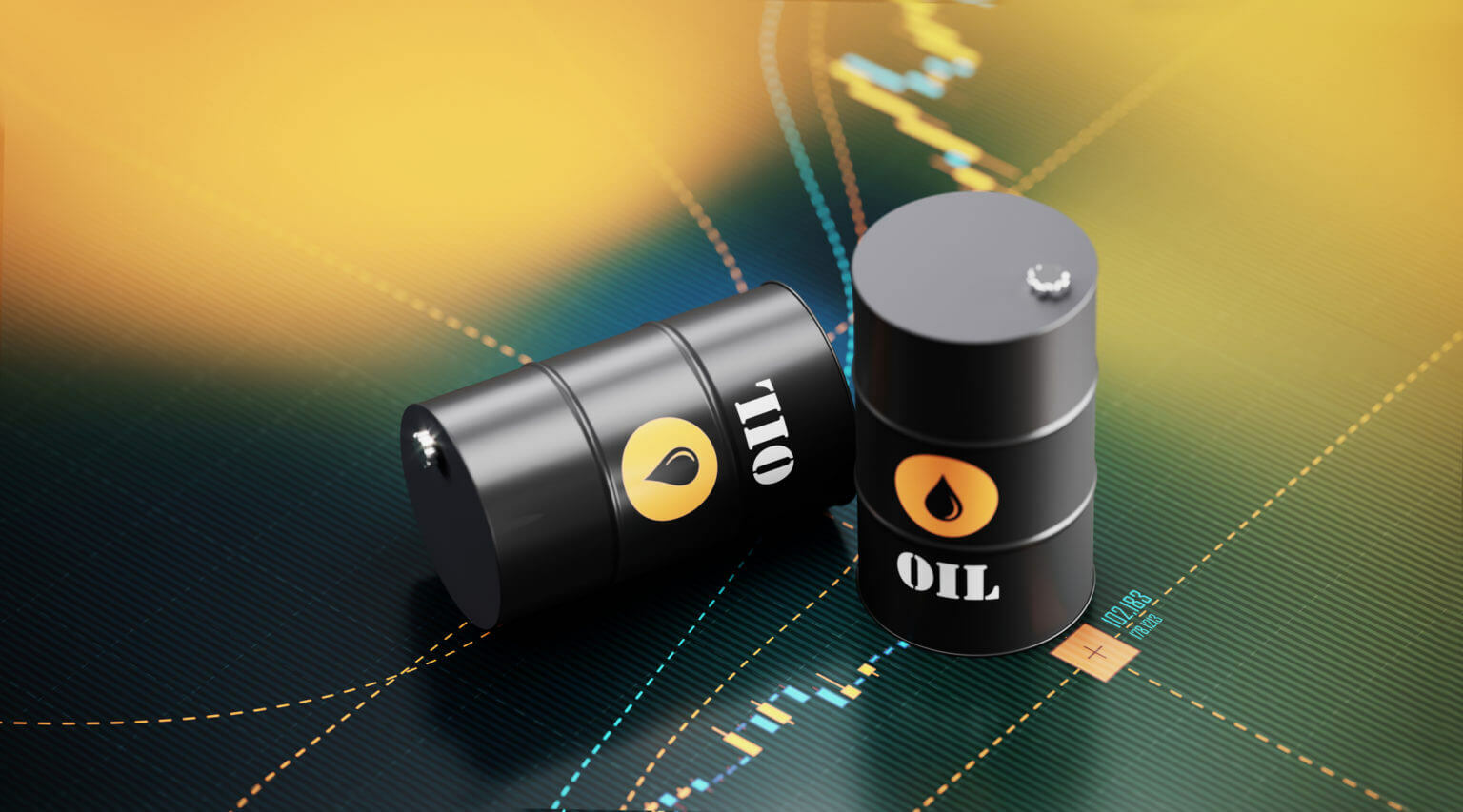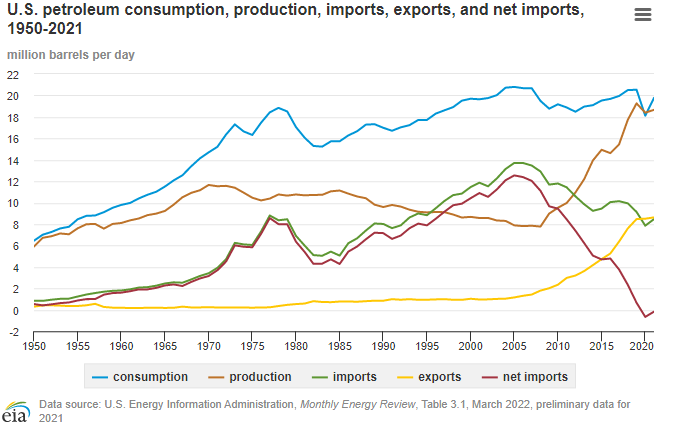SPR Crude Oil Releases—It’s Complicated

As published in the July 12, 2022 edition of the Ralph E. Davis Associates (RED) Weekly E&P Update Newsletter.
CLICK HERE TO READ THE ARTICLE PUBLISHED IN THE AUGUST 2022 ISSUE OF OIL & GAS INVESTOR
There have been media reports recently that have discussed the disposition of crude oil that is being released from the Strategic Petroleum Reserve (SPR). You may recall that the Biden Administration ordered emergency sales of approximately 1 million barrels per day (MMbbl/d) from April through October 2022, with the hope of increasing oil supply and providing some price relief to U.S. gasoline prices.
According to media reports, approximately 5 million of the 30 million barrels released from the SPR went to foreign refineries and won’t directly supply the U.S. gasoline market. I think the point of the article (and accompanying video) was to raise alarm about these exports by suggesting that we were dangerously depleting our strategic stockpile of crude but not receiving any benefit.
This line of thinking significantly oversimplifies the global movement of crude oil and petroleum products, however. Many are aware that, for a time, the U.S. was recently a net exporter of petroleum; but most don’t realize that during this period we continued to import a large amount. In the graph below from the U.S. Energy Information Administration (EIA), net imports went below zero (red line), but exports were still over 8 MMbbl/d (yellow line).

According to the most recent weekly data on EIA’s website, the U.S. imported about 9 MMbbl/d and exported about 9.6 MMbbl/d. When we look closer at the details, we see that there are a lot of moving parts. People often say “oil” when they mean “petroleum”, and petroleum includes a lot of different products—motor gasoline is only one of them. We import different types of crude to make certain products, some of which are used at home and some of which are sold abroad. The same is true of motor gasoline.
The location also plays a role. There are some parts of the country where we lack refining capacity, so we have to import gasoline, and there are other parts where we make more than we need and export the excess. In the Gulf Coast region, where the SPR storage facilities are located, refineries are running at very near full capacity (98% according to the article), so it stands to reason that some portion of the SPR releases would not be needed by the local refiners.
Gasoline and its precursors operate in a global market, so releases from the SPR have to be considered in that light. An extra million barrels per day of oil in the U.S. market seems like something that would have a large impact, but in reality, that extra volume is only marginally increasing the global supply and is probably having a small impact. To me, the real story isn’t that some of the crude oil is being exported, but that releases of this size can only do so much to affect prices in the much larger global petroleum market.
Related Insights
Our experts are here
for you.
When you choose Opportune, you gain access to seasoned professionals who not only listen to your needs, but who will work hand in hand with you to achieve established goals. With a sense of urgency and a can-do mindset, we focus on taking the steps necessary to create a higher impact and achieve maximum results for your organization.
LeadershipGeneral Contact Form
Looking for expertise in the energy industry? We’ve got you covered.
Find out why the new landmark legislation should provide a much-needed boost for the development of carbon capture.




